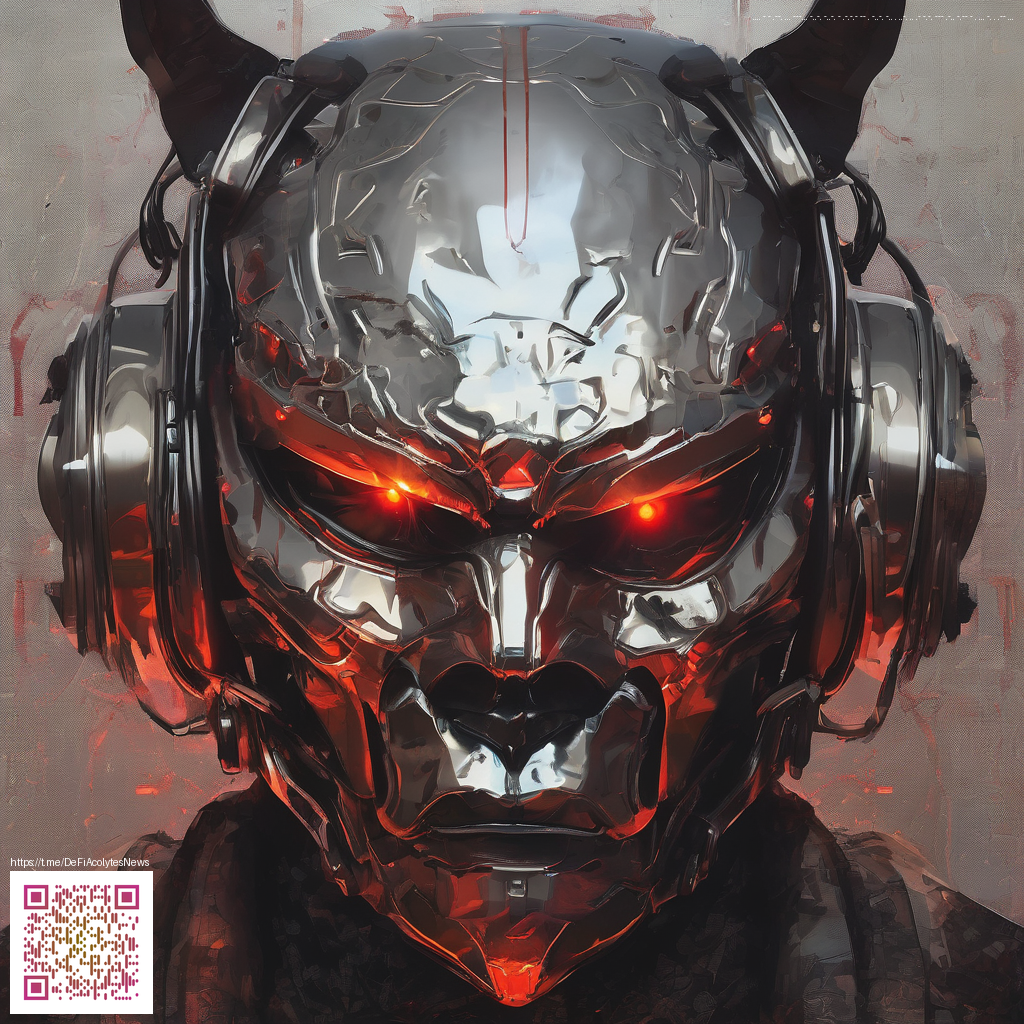
Creativity in product thinking isn’t a mystical gift reserved for a few. It’s a practical discipline that, when paired with the right frameworks, can turn vague ideas into clear, testable bets. In markets that shift in weeks rather than years, teams that master creative frameworks gain a dependable way to uncover user value, align stakeholders, and ship with confidence. 💡🚀
Why Creativity Frameworks Matter in Product Thinking
At the heart of product leadership is turning insight into impact. Creativity frameworks give teams a shared language for exploring problems, generating options, and learning fast from real users. They help turn scattered instincts into structured experiments, so roadmaps aren’t a sequence of guesses but a coherent set of validated bets. When everyone speaks the same creative language—from design to engineering to marketing—the velocity of learning accelerates, and risks become measurable tradeoffs rather than opaque mysteries. 🎯
Think of frameworks as a toolbox: each tool has a purpose, a set of prompts, and a way to test assumptions without collapsing into endless debate. If you want to reduce chaos and increase clarity, bring in a few well-chosen methods and pair them with disciplined product cadence. This approach isn’t about stifling creativity; it’s about channeling it toward outcomes that users actually care about. 🔎
Frameworks to Consider
- Design Thinking: Empathize with users, define the problem, ideate, prototype, and iterate. A human-centered loop keeps the focus where it belongs—on real needs and constraints. 🧭
- Jobs To Be Done (JTBD): Frame opportunities around the jobs users are trying to get done, rather than features they don’t yet value. This clarity unlocks more meaningful innovations. 🧰
- SCAMPER: A prompts-based approach to modify existing ideas—Substitute, Combine, Adapt, Modify, Put to another use, Eliminate, and Reorder. It’s a quick way to spark fresh angles. ✨
- TRIZ: A problem-solving framework that seeks inventive solutions by revealing contradictions and ideation pathways. Great for breaking stalemates. 🧠
- Blue Ocean Strategy: Create new demand by redefining the problem space—differentiate in ways competitors haven’t explored. 🪸
- Lateral Thinking: Challenge assumptions and explore unconventional routes to value, avoiding the trap of incrementalism. 🚀
In practice, you don’t need to implement all of these at once. The strongest teams pick 2–3 that fit their context, then weave them into discovery sessions, planning rituals, and lightweight experimentation. The goal is to create a repeatable rhythm that surfaces user value quickly, without sacrificing depth or curiosity. 🧭💬
“Creativity is a discipline for turning ideas into validated user value.”
That mindset is what transforms a brainstorm into a product story with measurable outcomes. The moment you start validating ideas with real users, you begin to see which creative pathways actually move metrics—whether it’s adoption, retention, or overall satisfaction. When frameworks are paired with fast feedback loops, teams learn what to deprioritize as quickly as what to pursue. 🔄📈
How to Integrate Frameworks into Your Product Cadence
- Frame the problem clearly: Start with a concise user need and a hypothesis you can test. Use JTBD or Design Thinking to surface diverse perspectives. 🗺️
- Map potential impact: For each idea, sketch potential value against effort. A simple impact-effort matrix helps prioritize ruthlessly. 🎯
- Ideate with intention: Run structured brainstorming sessions that employ SCAMPER or TRIZ prompts to generate non-obvious options. 💡
- Prototype to learn: Build lean prototypes or experiments that can be validated with real users or proxy metrics. The goal is learning, not polish. 🧪
- Learn, decide, repeat: Capture insights, adjust hypotheses, and plan the next iteration. This cadence keeps momentum and avoids paralysis by analysis. 🔄
When this cadence becomes part of your culture, every roadmap item becomes a field test rather than a final verdict. It also makes room for cross-functional collaboration—designers, engineers, data analysts, and product managers co-create with shared criteria for success. And yes, you can still ship tangible products that feel "made for real life." 🧩
A Tangible Thread: From Concept to a Product Example
To anchor these ideas in a concrete context, imagine translating creative pathways into a protective accessory for a flagship device. A tangible example is the Slim Glossy Phone Case for iPhone 16—Lexan PC. This kind of product benefits from a design-thinking mindset (empathize with user needs for grip and durable materials), JTBD framing (what job does the case really do in daily life?), and a quick, testable prototype cycle to validate fit and finish. If you want to explore the product page directly, you can view the item here: Slim Glossy Phone Case for iPhone 16 — Lexan PC. 🔗
Meanwhile, a broader reference to how these ideas live on other channels is useful for cross-pollination. You can see a compact exploration of related concepts on this page: https://area-53.zero-static.xyz/6227b3fd.html. It’s the kind of source that helps teams compare notes across experiments and share learning with stakeholders. 🗂️
Practical lessons emerge from the field: keep experiments small, use real users when possible, and document outcomes with clarity. A common pitfall is treating creativity as a one-off spark rather than a repeatable practice. By weaving frameworks into your discovery rituals, you’ll cultivate a culture that is curious, disciplined, and relentlessly user-focused. 🧭💬